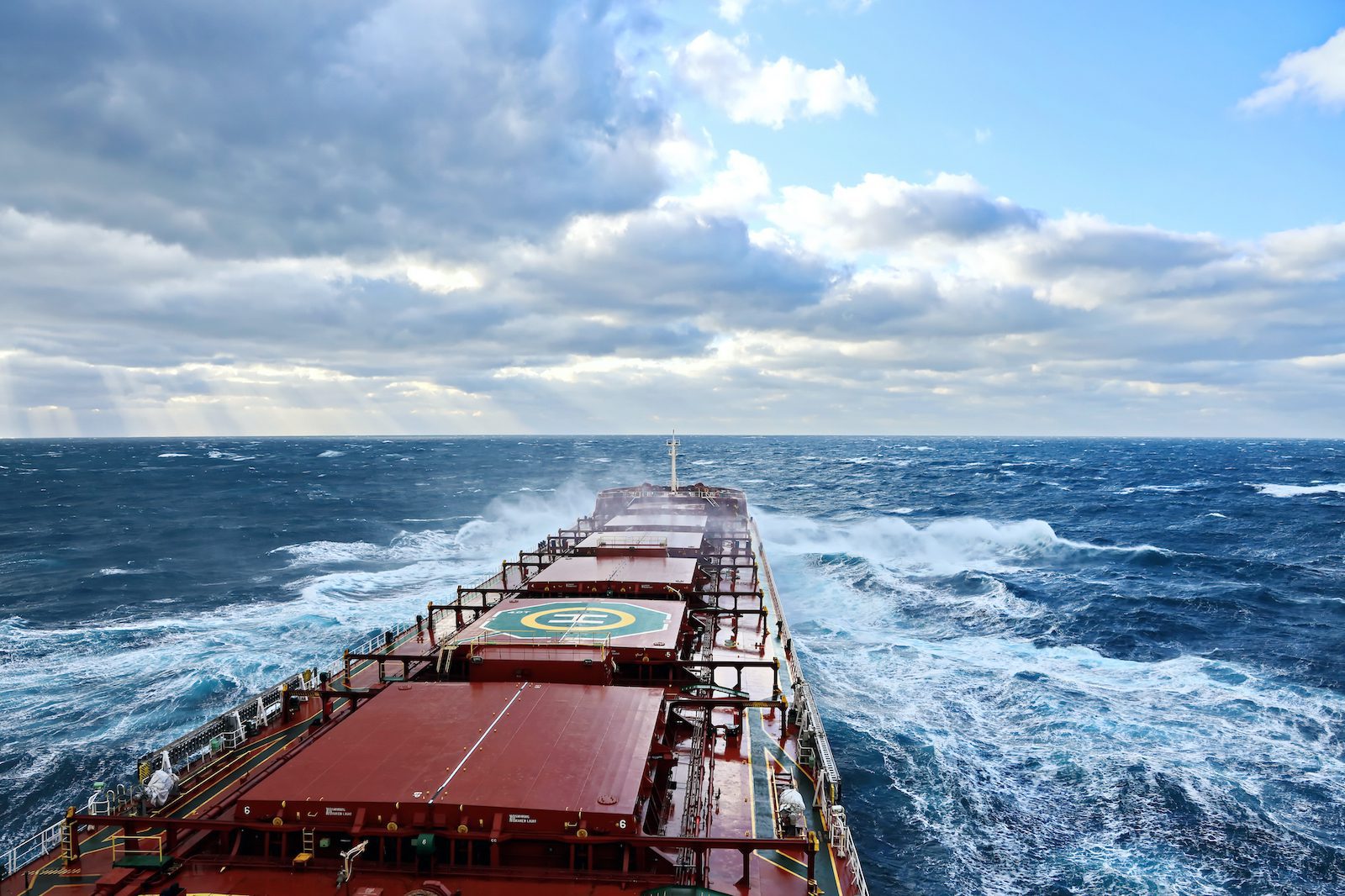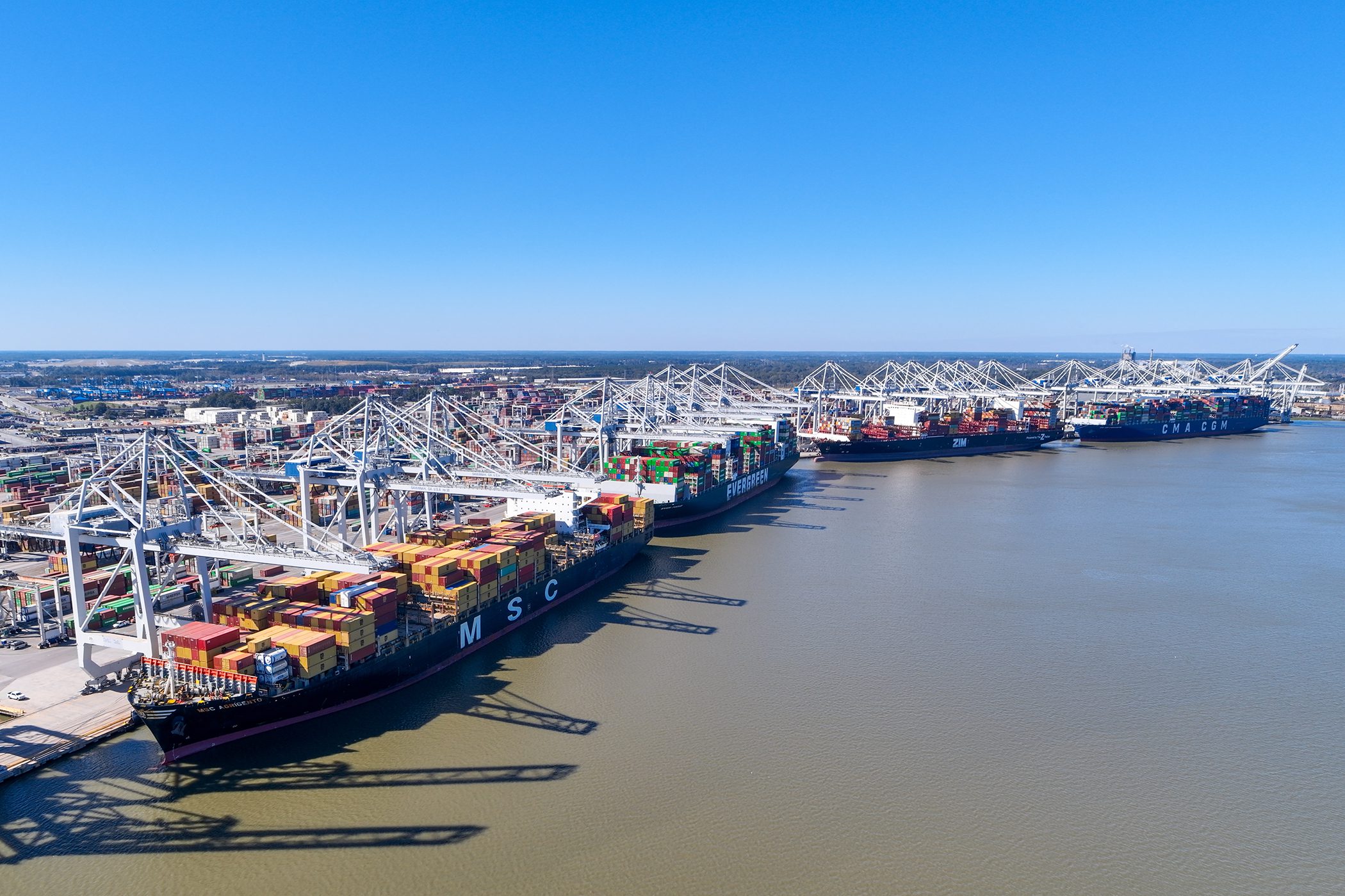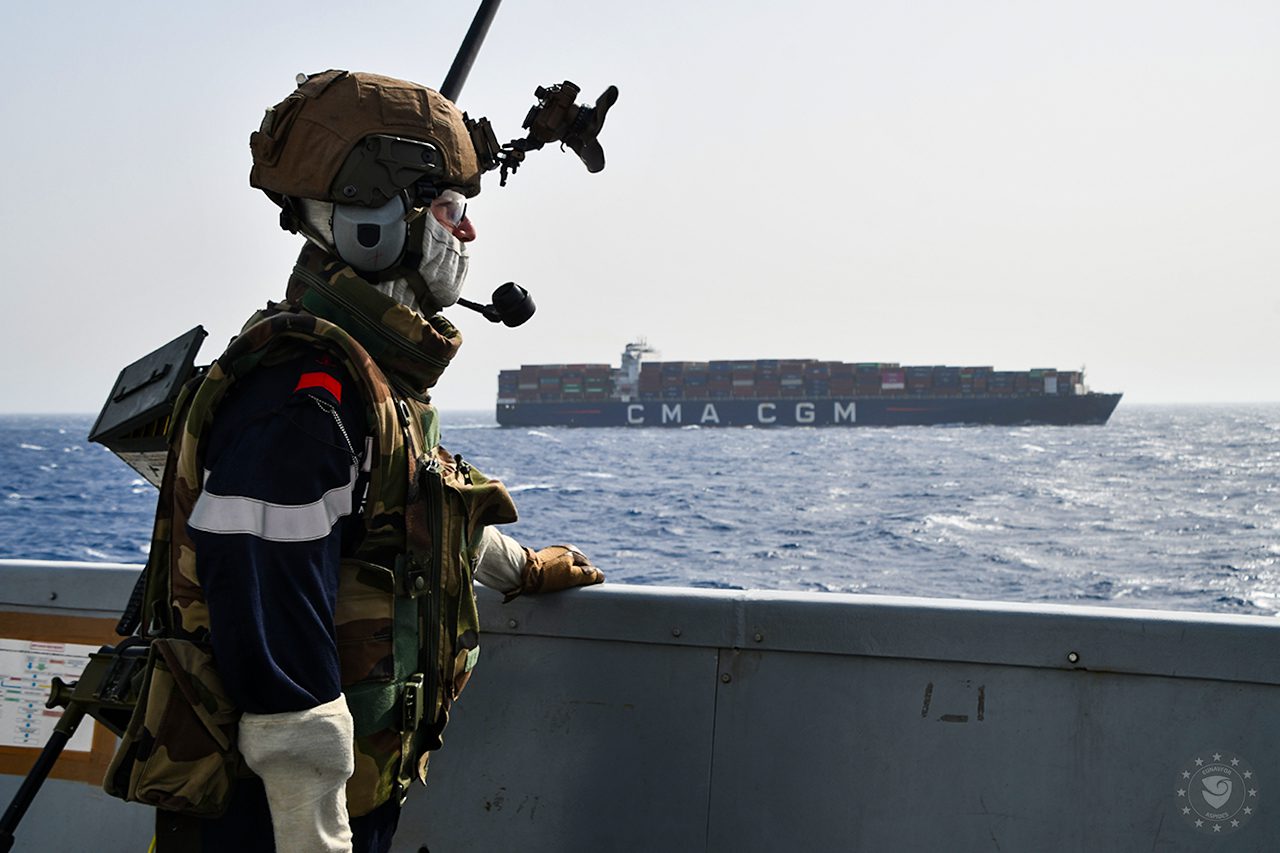The container ship COSCO Development transits the Panama Canal at the new Agua Clara locks, on the outskirts of Colon City, Panama May 2, 2017. REUTERS/Carlos Lemos
Panama’s government has approved a plan to modify the toll structure for ships using the Panama Canal.
The plan, which came at the recommendation of the Panama Canal Authority’s (ACP) Board of Directors, was developed through consultation and open hearings with Panama Canal customers and shipping industry representatives.
The new structure was first proposed by the ACP on June 1, 2017 after an analysis of the utilization and performance of the canal’s new Neopanamax locks in their first year of operation.
“The approved proposal will better facilitate the Canal’s goal of providing outstanding service and reliability to the global shipping and maritime community, while allowing the ACP to safeguard the competitiveness of the waterway,” the ACP said in a statement.
The approved tolls modifications are scheduled to go into effect on October 1, 2017, at the beginning of the Panama Canal’s fiscal year.
For the containership segment, by far the largest segment to use the waterway, the new toll structure offers more attractive rates per loaded containers on the return voyage. This is applicable only to Neopanamax vessels deployed on the Canal route in the head and back haul legs under certain circumstances, such as when utilization of the northbound transit is great than 70 percent or the time between transits is not greater than 28 days.
The new structure also modifies the tolls charged to LNG and LPG vessels, which will be set at the levels presented in the original tolls proposal. This decision was made after a careful analysis of the impact of the proposed increases in the supply chain and final user.
Finally, for breakbulk vessels will be reclassified into the general cargo segment, which the ACP says will result in more attractive tariffs for customers in this category. Peviously breakbulk vessels were part of the ‘others’ segment.
The current Panama Canal toll structure, which has been in place since April 1, 2016, calls for each vessel segment to be priced based on their respective units of measurement. For example, dry bulk vessel tolls are be based on deadweight tonnage capacity and metric tons of cargo; Liquefied Natural Gas (LNG) and Liquefied Petroleum Gas (LPG) vessels are based on cubic meters; tankers are measured and priced on Panama Canal Universal measurement system (PC/UMS) tons and metric tons of cargo; containerships are measured and priced on TEUs; and passenger vessels are based on berths or PC/UMS. The current structure also includes, for the first time, a customer-loyalty program for the container segment, where frequent container customers will receive premium prices once a particular TEU volume is reached.

 Join The Club
Join The Club











